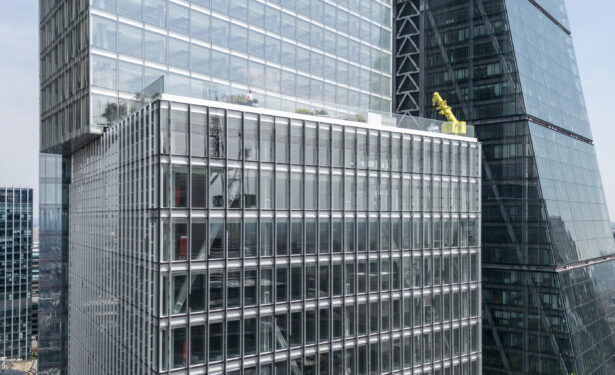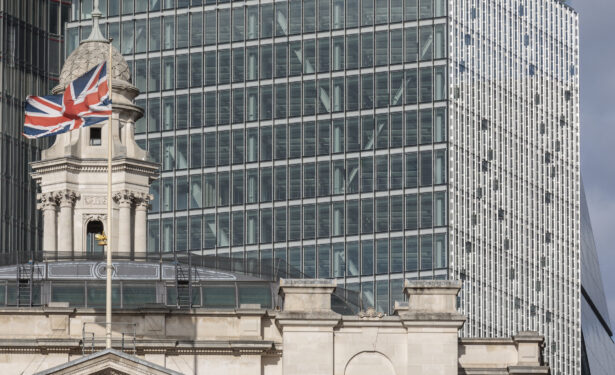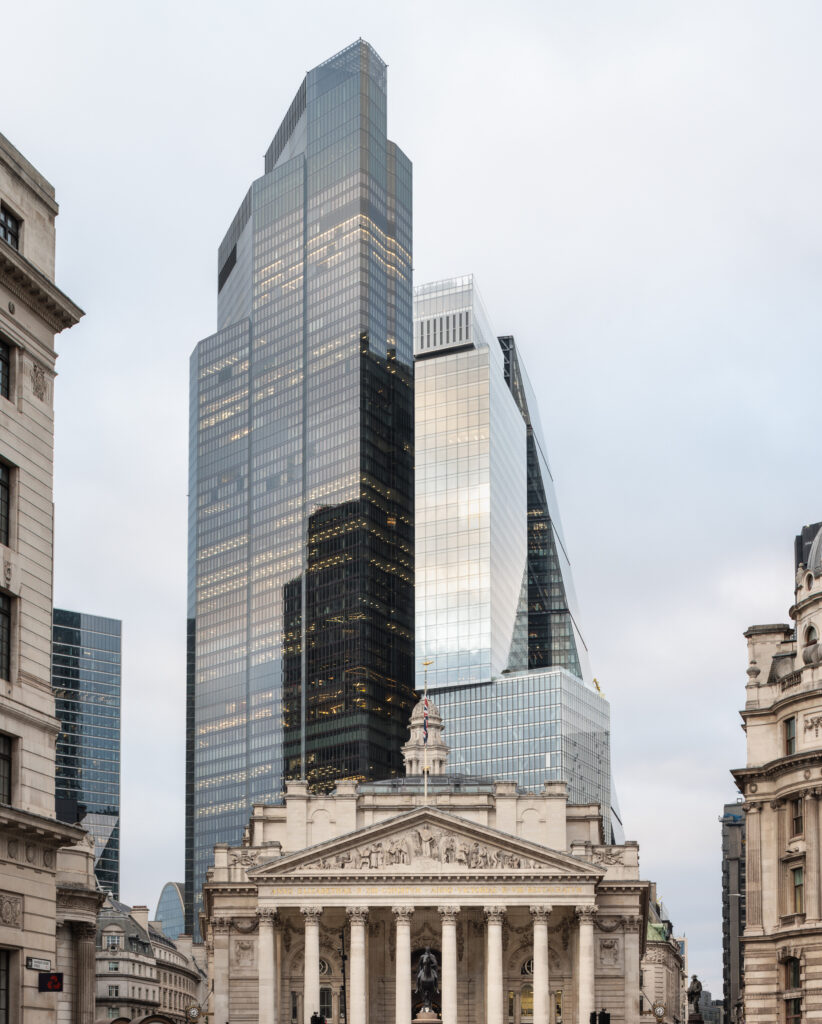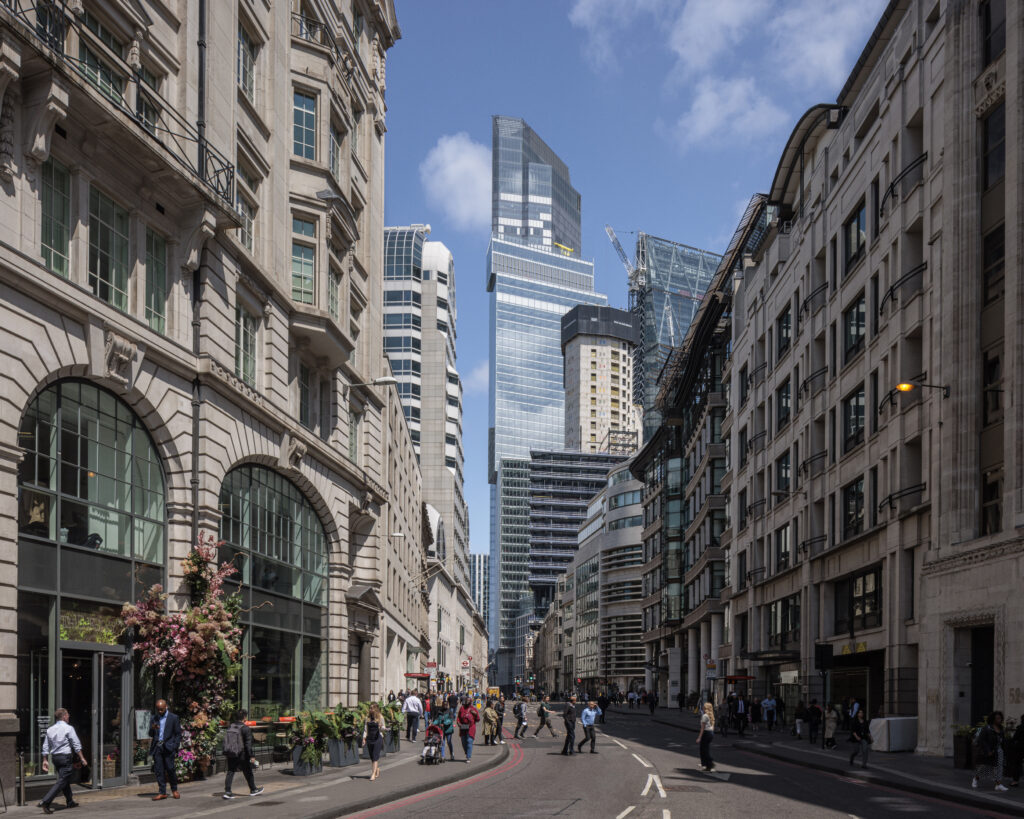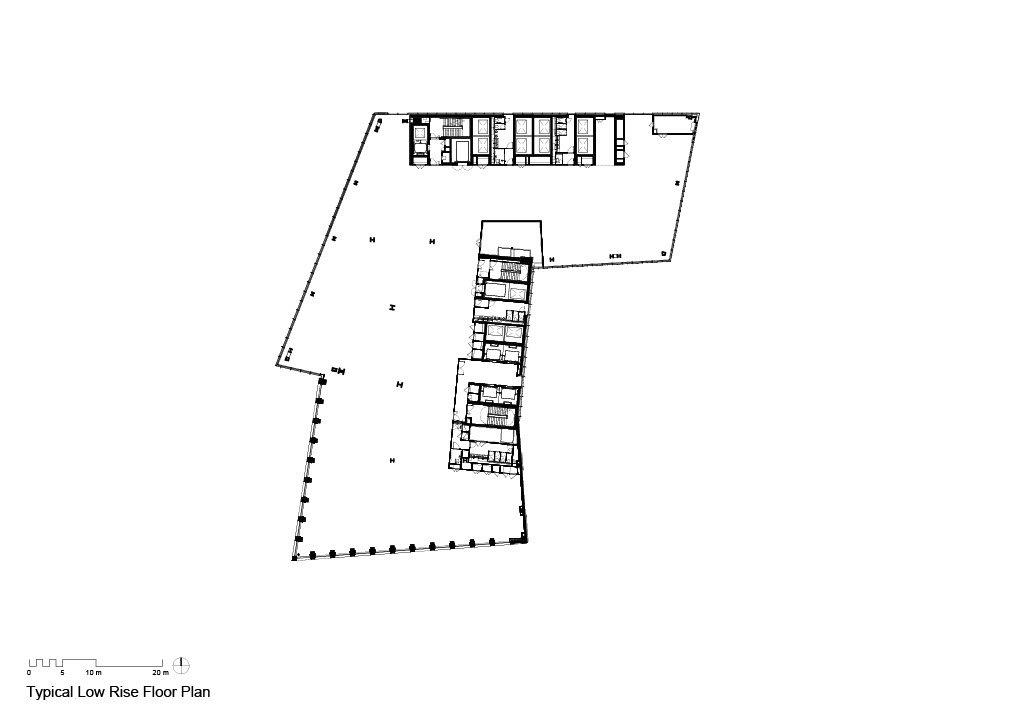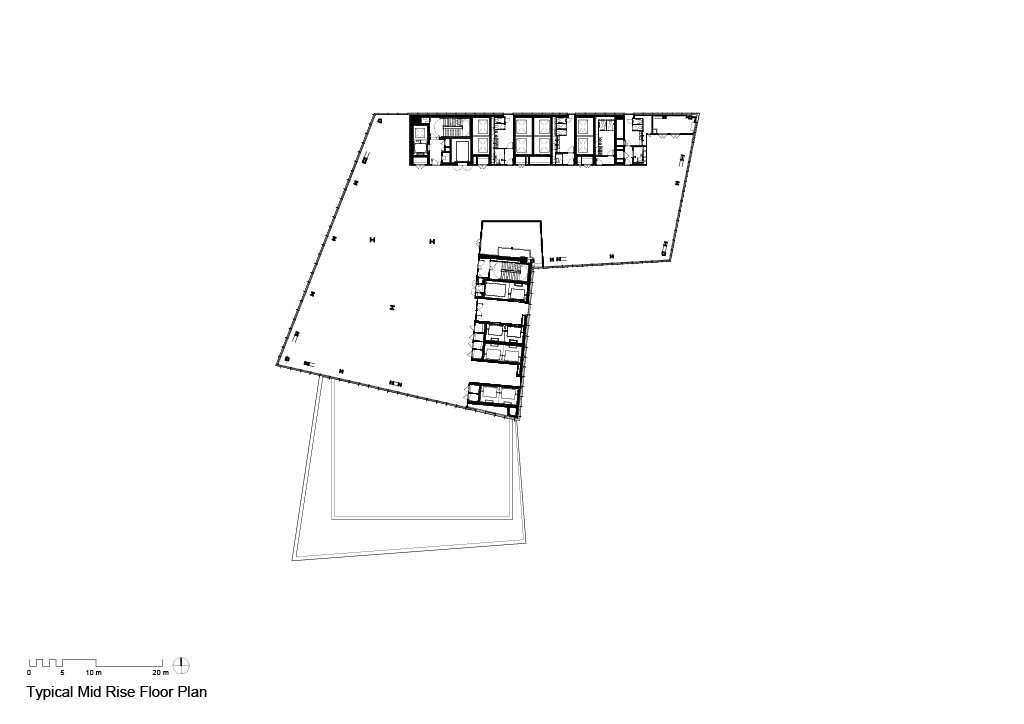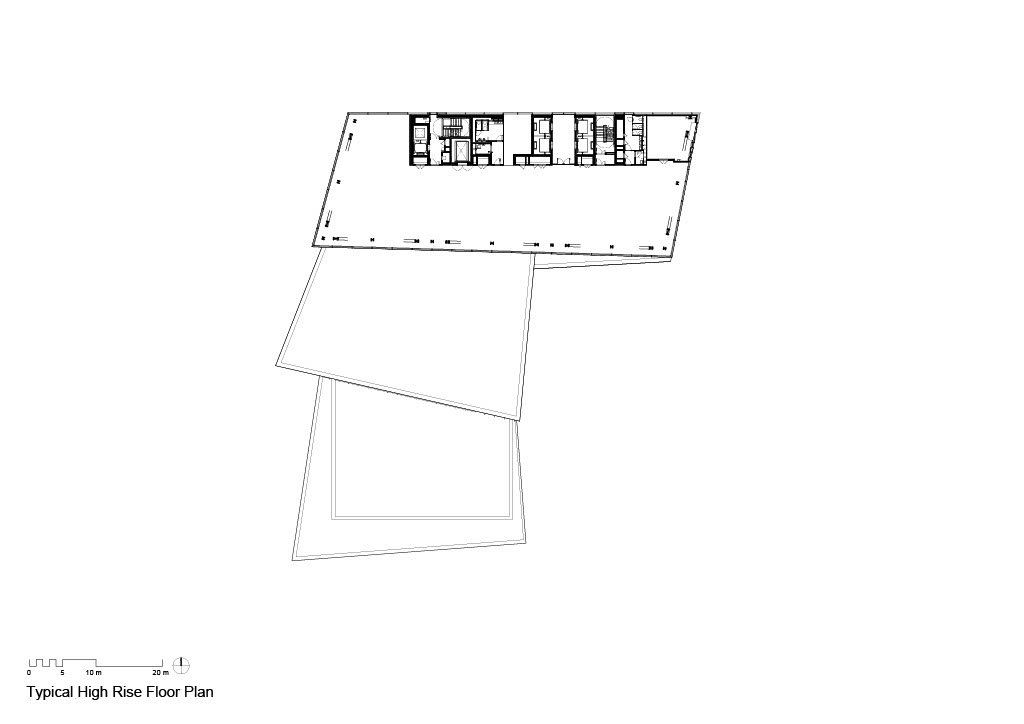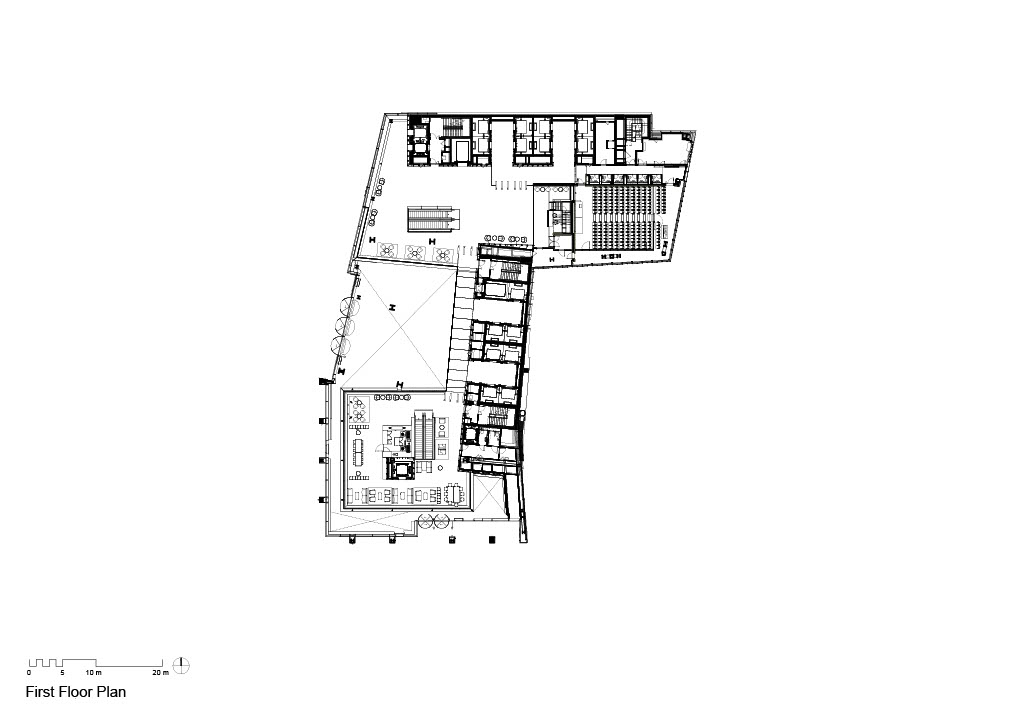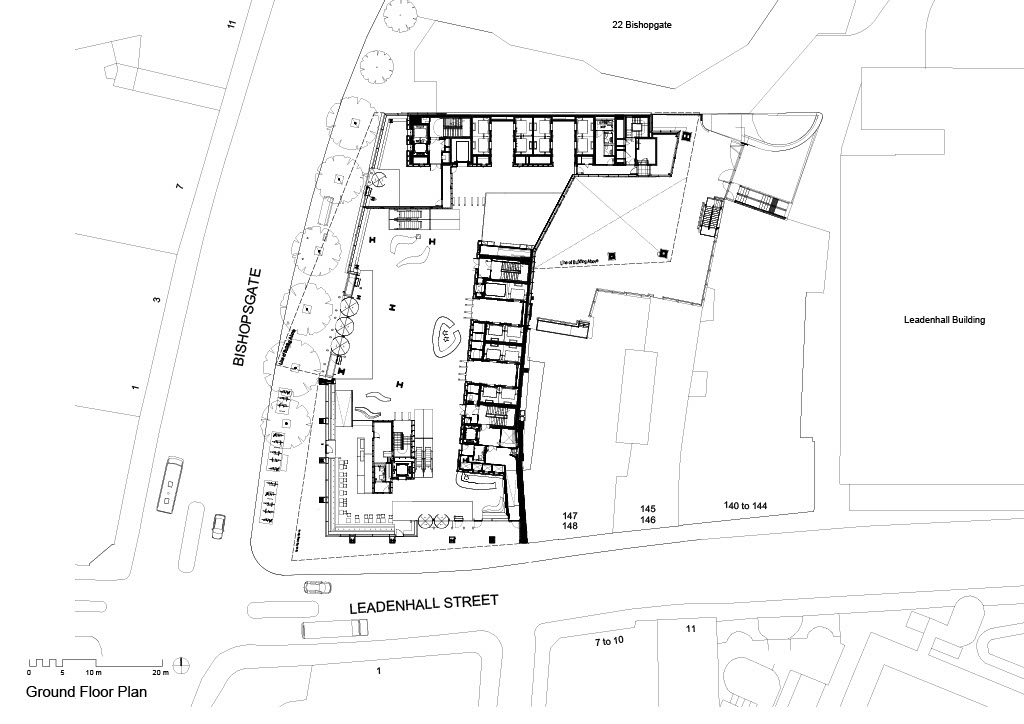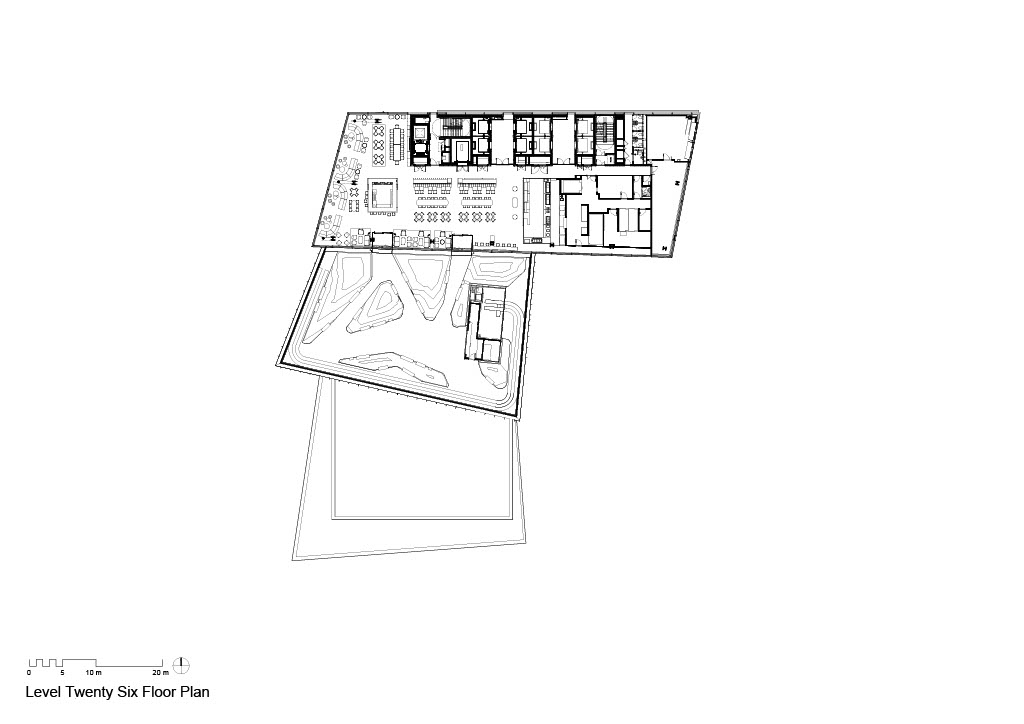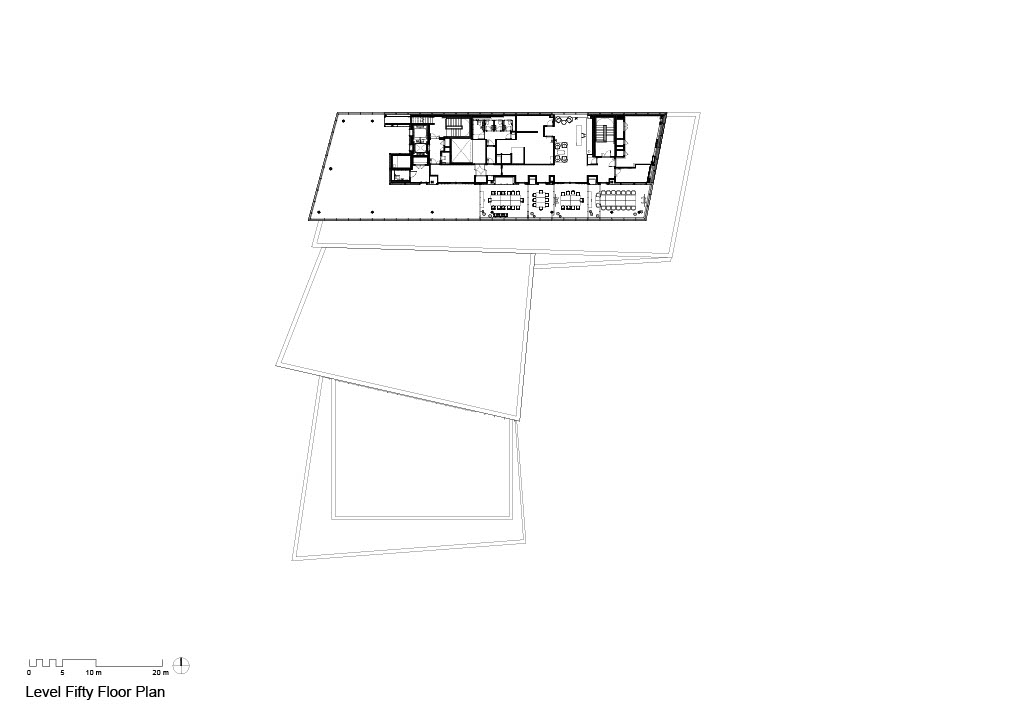
- 9 August 2024
- 496 defa okundu.
London’s Newest Landmark: 8 Bishopsgate
Designed by WilkinsonEyre, 8 Bishopsgate is a 50-storey, office-dominated, mixed-use building.
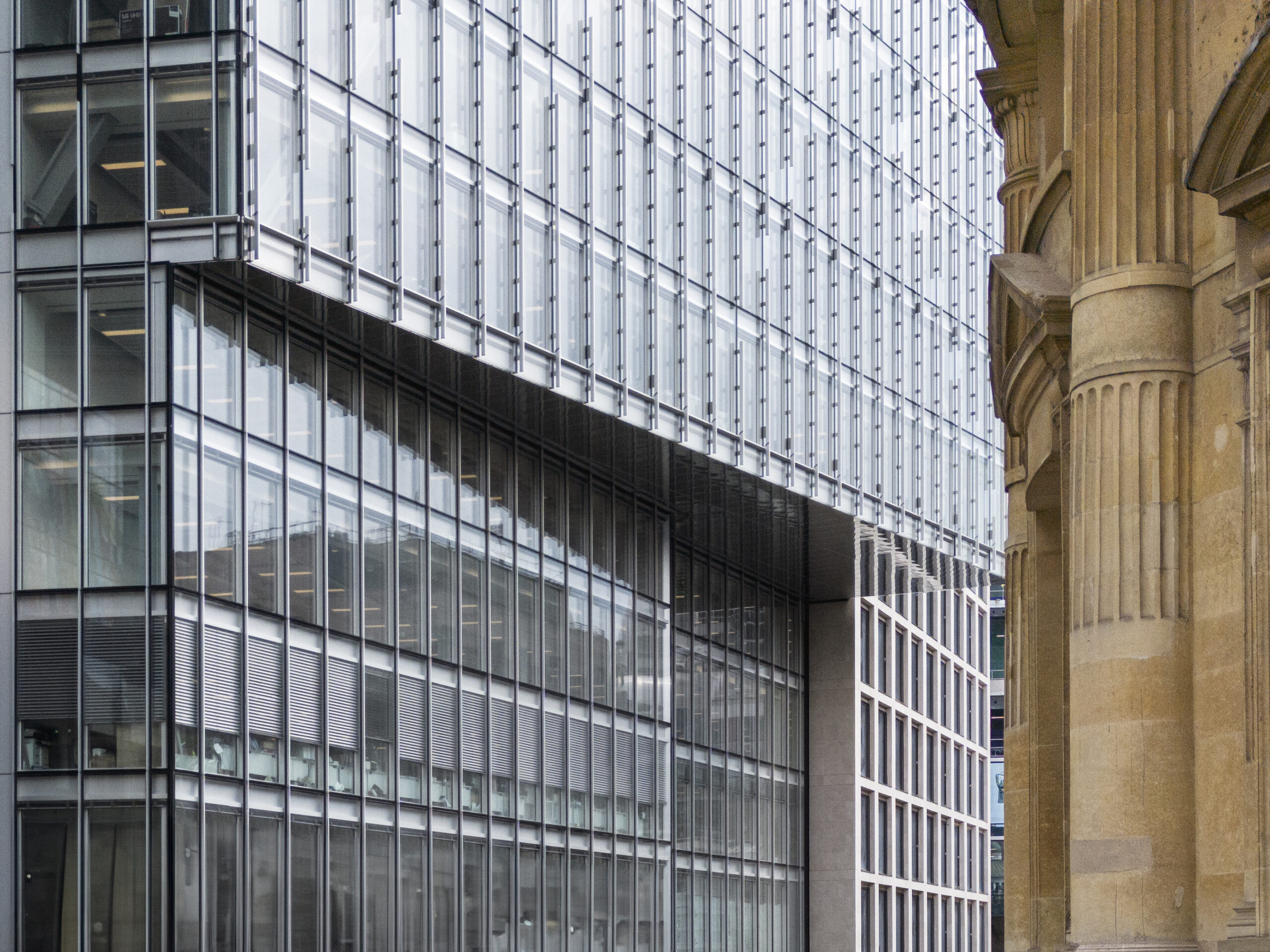
This latest contribution to the City of London’s Cluster of tall buildings, provides a 50 storey, office-led, mixed-use asset for Mitsubishi Estate London.
The scheme provides flexible retail space at ground floor levels, extensive amenity for tenants throughout the building and a public viewing gallery at level 50.

The 769,620ft² building is conceived as a series of stacked blocks in response to the surrounding dense urban context.
The building includes high sustainability/low energy initiatives in its construction and operation and has achieved a BREEAM ‘Outstanding’ rating.

The building is believed to be the most sustainable speculative tall commercial scheme in the UK.
Having previously received planning consent in 2015 for a 40-storey tower, WilkinsonEyre supported Mitsubishi Estate and Stanhope in an application for a further 10 storeys following the approval of several other towers in the locality that impacted on the original proposal.

The new design, which added a further 120,000ft² of area, was granted planning permission in 2017.
Careful consideration has been given to the proportion of each block and its relation to each adjacent one.

To enhance the visual impression of stacking, each block cantilevers on the west façade and is slightly rotated and taken out of plane.
This approach has created a dynamic and playful arrangement that breaks down the scale of the tower and responds to the variety of building heights and forms within the local townscape.

Set in a neighbourhood of buildings dating back over the last 500 years, the carefully modulated tower makes its own distinctive contribution to the current generation of development.
Construction of 8 Bishopsgate commenced in late summer 2019 and Practical completion was achieved on 19 June 2023.

The overall massing has been informed by the context of the City cluster, moderated by the constraints of the London View Management Framework, and a ‘Local’ view of St Paul’s Cathedral from Fleet Street where the new building could not impinge into the ‘skyspace’ around the dome of St Paul’s.
In response, a stepped profile satisfies these requirements and breaks down the overall scale and mass of the building into a legible form.

The range of different floor plate size offers the developer flexibility in their offer to potential tenants.
The uppermost block is conceived as a pavilion crowning the building and containing a dedicated public viewing gallery, a suite of high-end executive meeting rooms and building plant.

Each of the different building sections has a distinctive character, the lower block is clad in natural stone with large square windows, while the mid and upper blocks are fully glazed; a full height double skin façade with interstitial blind system provides maximum daylight whilst being highly efficient against solar gain and heat loss.
As the building steps back, generous roof terraces have been created on levels 9, 11, 25, and 26 to offer much sought after external amenity space for the building tenants.

With both hard and soft landscaping, the terraces create welcomed accessible outside spaces with spectacular views.
The ground level entrance is a large double height reception hall that is accessible from both Bishopsgate and Leadenhall, gives access to the double decker lifts that serve the building.

Level 1 provides access to the upper lift decks and creates opportunity for informal workspace or lounges away from the main circulation routes.
The core walls are clad with Carrera marble that provides a counterpoint to the lift lobbies in fairfaced concrete.
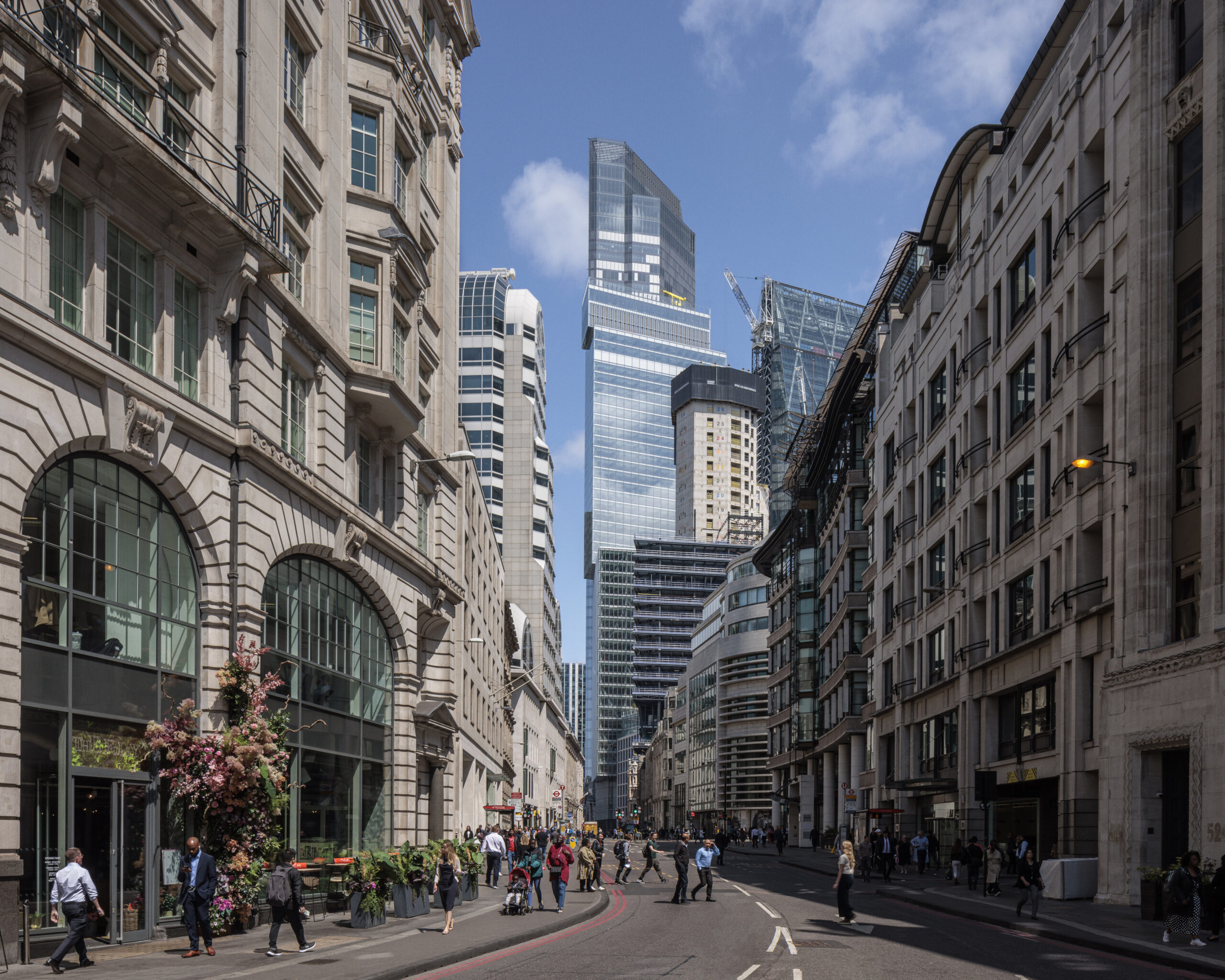
The soffits comprise timber slats, while the terrazzo to the flooring and walls contains Carrera marble aggregate.
The pavilion, the uppermost block in the building, contains the public viewing gallery with magnificent views across London.
A separate entrance lobby at ground level provides public access to dedicated lifts that rise to the full height of the building.

Etiketler











